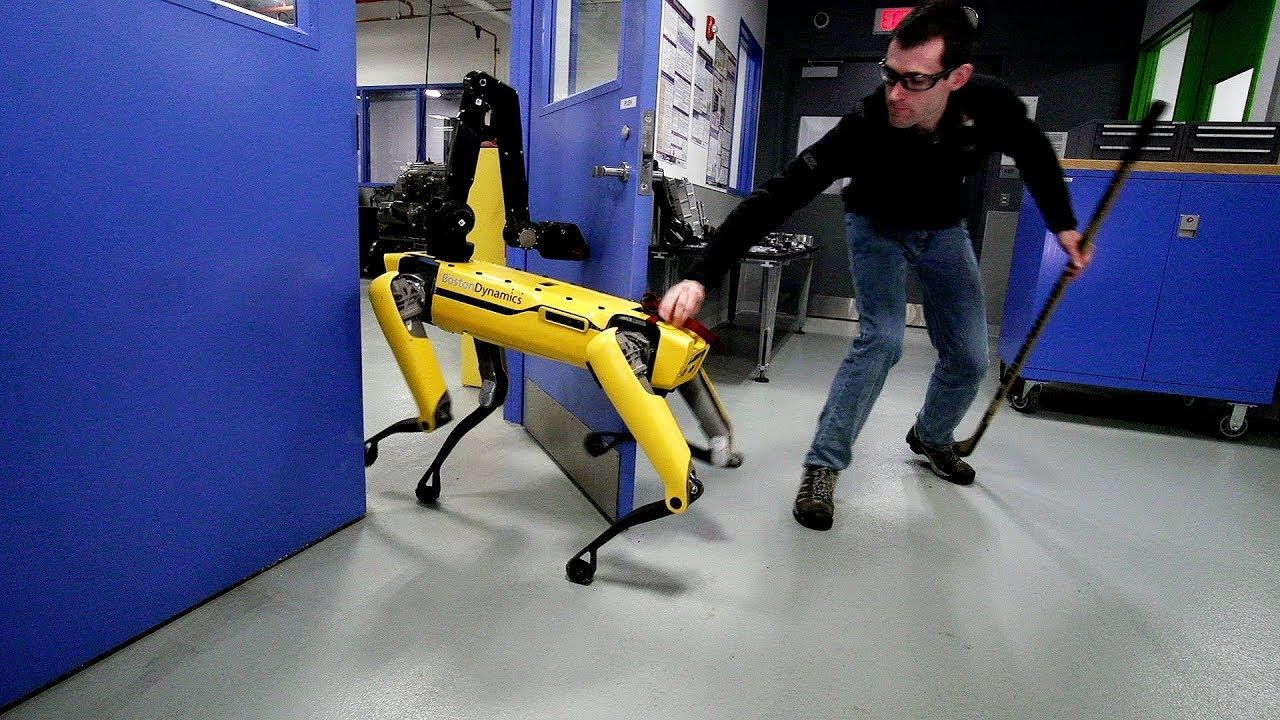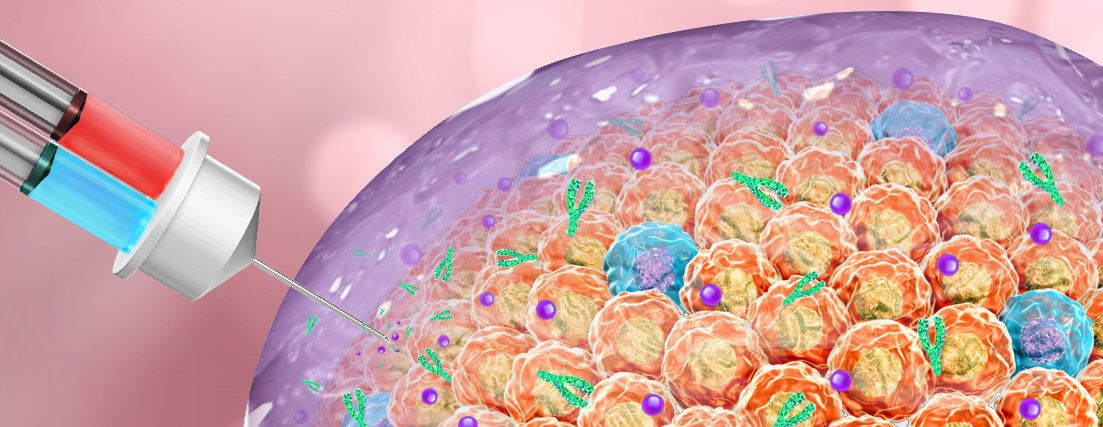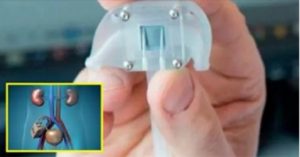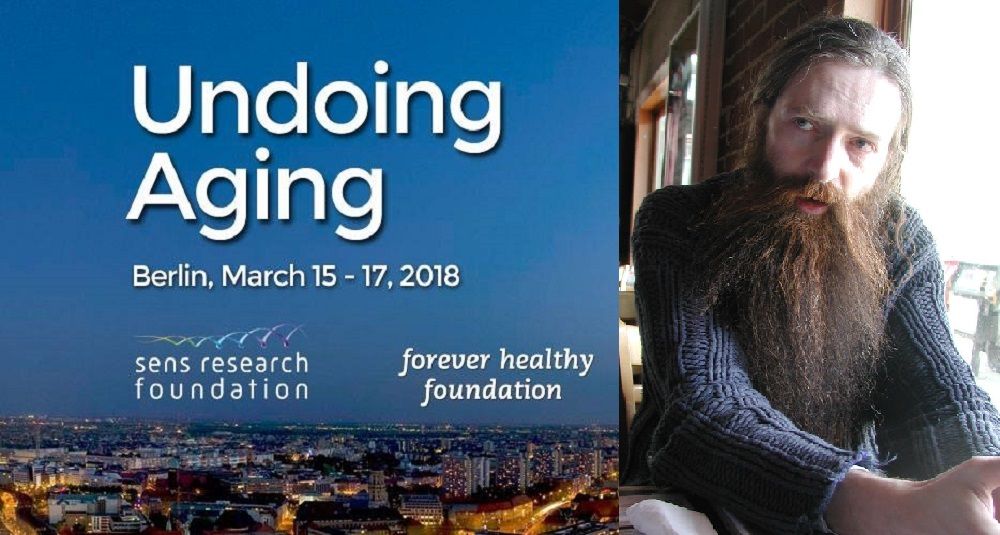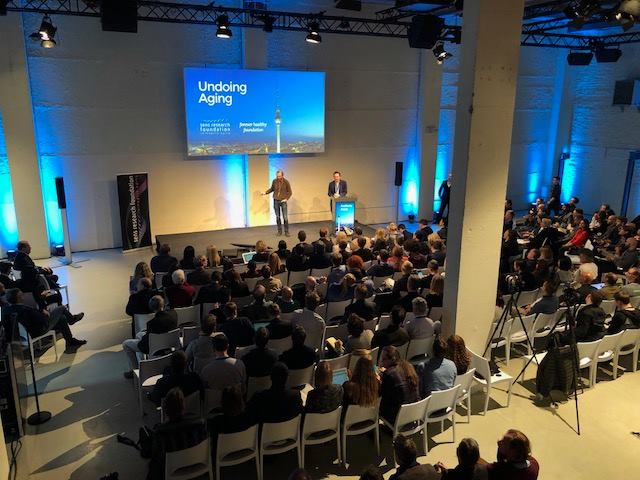Mar 16, 2018
Watch a Human Try to Fight Off That Door-Opening Robot Dog
Posted by Sean Cusack in categories: information science, robotics/AI
Hey, remember that dog-like robot, SpotMini, that Boston Dynamics showed off last week, the one that opened a door for its robot friend? Well, the company just dropped a new video starring the canine contraption. In this week’s episode, a human with a hockey stick does everything in his power to stop the robot from opening the door, including tugging on the machine, which struggles in an … unsettling manner. But the ambush doesn’t work. The dogbot wins and gets through the door anyway.
The most subtle detail here is also the most impressive: The robot is doing almost all of this autonomously, at least according to the video’s description. Boston Dynamics is a notoriously tight-lipped company, so just the few sentences it provided with this clip is a relative gold mine. That information describes how a human handler drove the bot up to the door, then commanded it to proceed. The rest you can see for yourself. As SpotMini grips the handle and the human tries to shut the door, it braces itself and tugs harder—all on its own. As the human grabs a tether on its back and pulls it back violently, the robot stammers and wobbles and breaks free—still, of its own algorithmic volition.
Continue reading “Watch a Human Try to Fight Off That Door-Opening Robot Dog” »
